How did the panther become such an iconic design of Cartier? Find out more at the ‘Into The Wild’ exhibition
This immersive exhibition by the French luxury house mixes up interactive content, kinetic technology and beautiful displays of its iconic timepieces and jewellery to showcase the spirit of the panther.
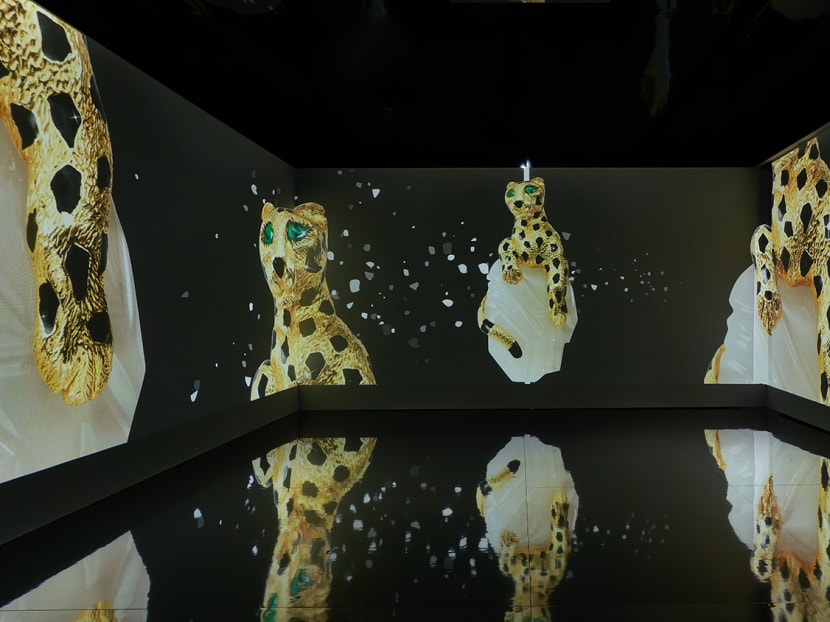
(Photo: Cartier)
Think Cartier and the sleek and regal panther springs to mind. While it's not the only animal in Cartier’s gilded and bejewelled menagerie, it is the majestic beast that holds court and has become a synonymous hallmark of the French luxury house. The spirit of the panther is now celebrated in an immersive exhibition – Into the Wild – and you are cordially invited.
The installation has already travelled to Hong Kong and more recently to Kuala Lumpur, Malaysia, now finds home at Bayfront Pavillion, Gardens by the Bay, from Oct 16 to 30. Open to the public (pre-registration is required), this experiential exhibition marries interactive content, kinetic technology, spatialised sound, to capture the legend of the Cartier panther. This immersive theatre unfolds through a maze of interconnected chambers that brings you deeper into the Cartier world – there are beautiful physical displays of some of the Maison’s iconic jewellery and timepieces, leather bags and parfums, a hall of fame with portraits of its many stylish ambassadors, and archival sketches and authentic documents.
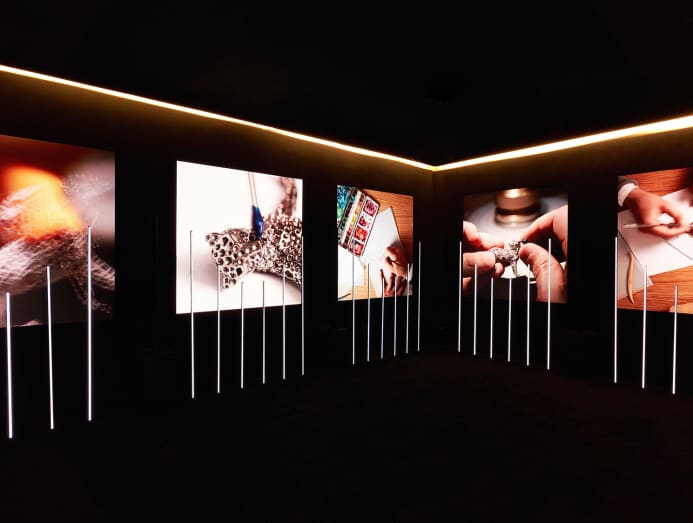
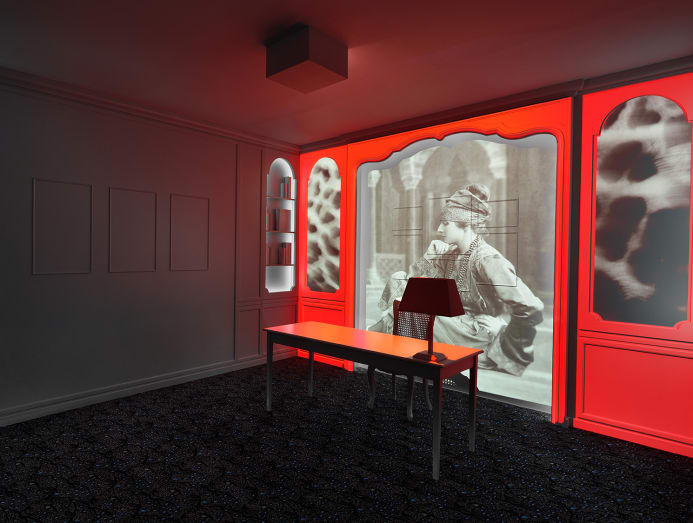
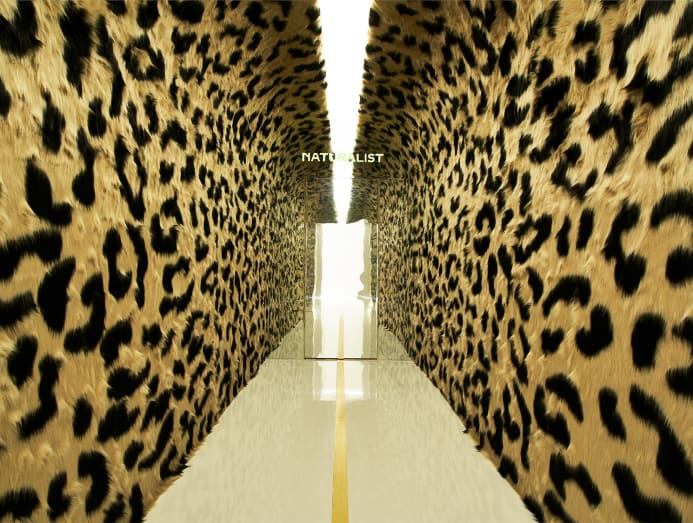
But every story has a beginning and here you are transported to the heart of where it all began – to the atelier of Jeanne Toussaint, Cartier’s first female artistic director of fine jewellery, who would leave her inimitable mark on the luxury house.
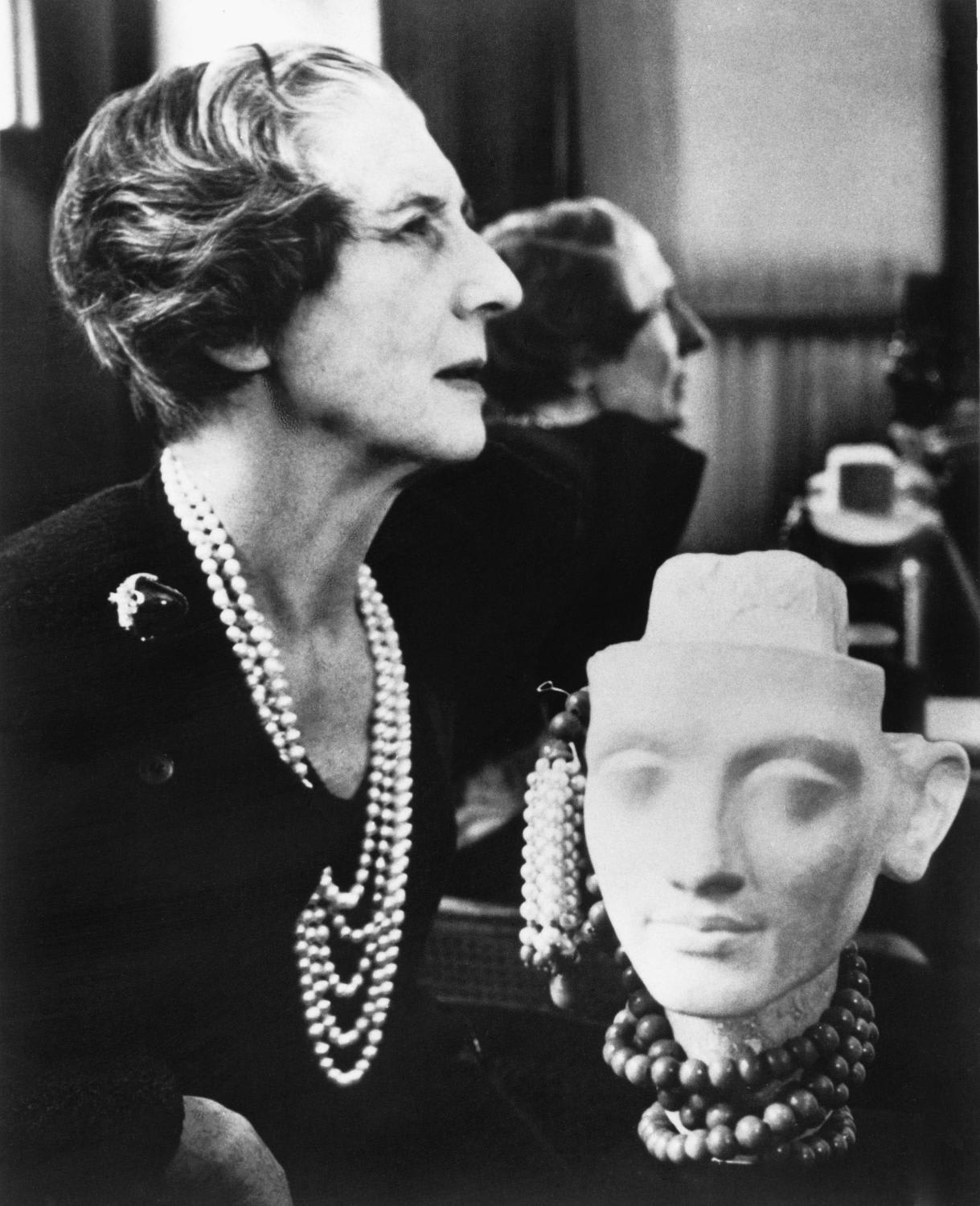
Appointed to the house by Louis Cartier in 1933 to succeed him, she was his head of creation. The Belgian-born French jeweller and fashion designer was trail-blazing for her time. Drawing inspirations from China, India and Persia, she was also daring in the way she used materials.
She paired yellow gold with vibrantly coloured stones, tied emeralds with coral, and amethyst with turquoise. Her designs were sculptural, which gave her pieces the impression of movement. This would be the hallmark of Toussaint’s panther designs, which distinguished them from the ones in Cartier’s bejewelled menagerie before.
The first appearance of the panther pattern, in onyx and diamonds on a ladies’ wristwatch goes back to 1914; and in 1917, Louis Cartier had also gifted Toussaint with a cigarette case in diamonds, onyx, and platinum, with the first figurative reproduction of a panther.
But it was she who made the panther come to life. In 1948, her first piece, a commission by the then Duchess of Windsor, Wallis Simpson, was a panther brooch in yellow gold, emeralds, and black enamel. It was also the first time the panther is represented in its entirety.
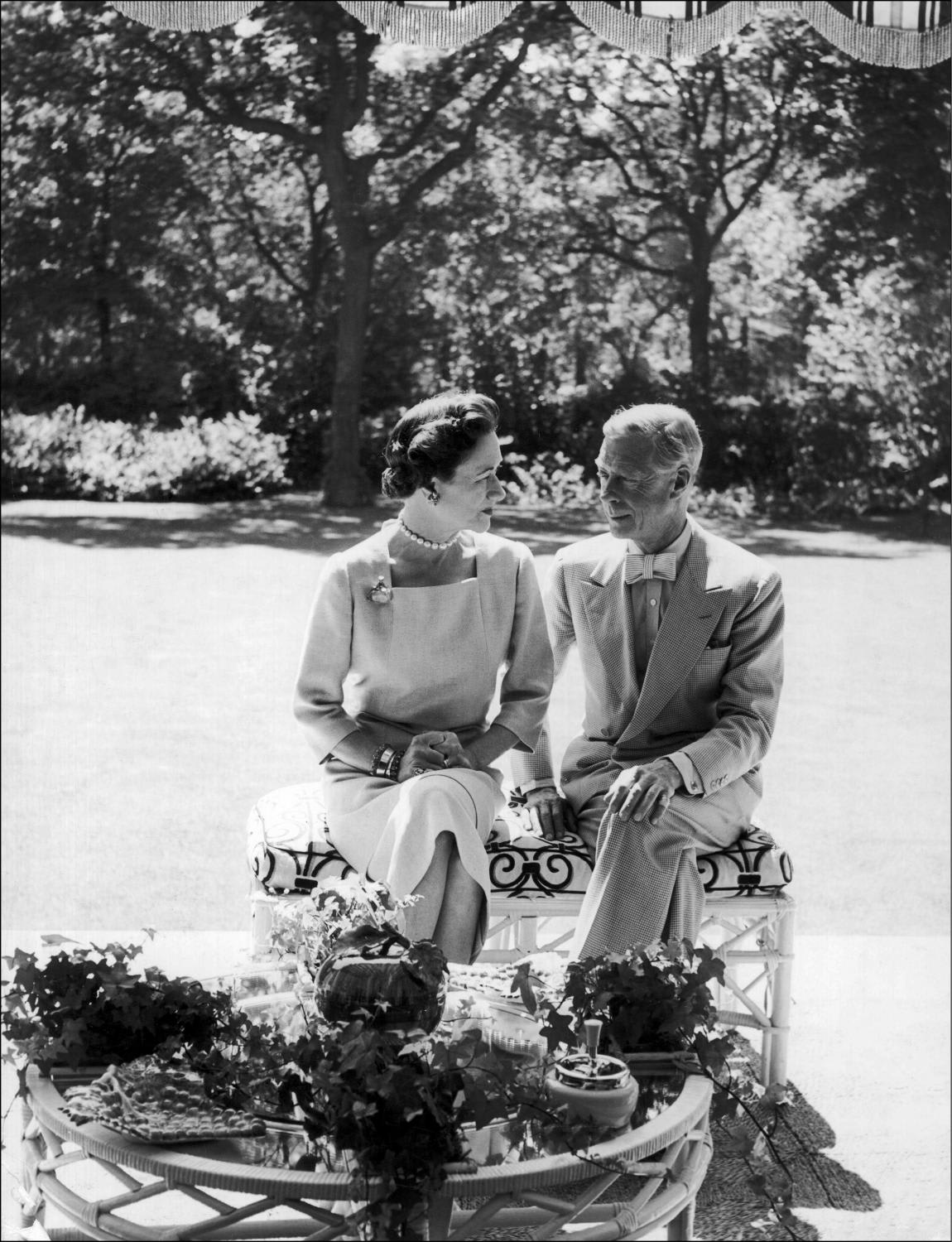
The following year, a three-dimensional panther made its appearance again on another Wallis Simpson commission, this time perched on a 152.35 carat sapphire cabochon brooch with white and yellow diamonds. It is no surprise that Toussaint’s nickname at the house was the panther, and she would proudly claim the panther as a mark of womanhood. Her creative gambles – what would be known as the Toussaint taste – shook up the rules, but it also made bold, distinctive statements for Cartier. It is this legacy that still lives on today and still shapes the design ethos of the house today.
To secure your attendance, pre-register here for your 30-minute slot.








